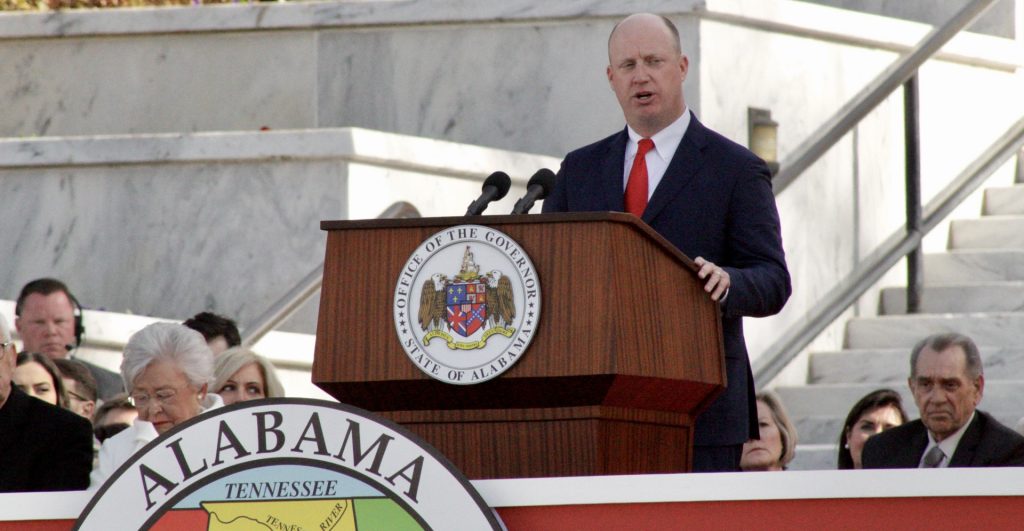
WASHINGTON, D.C. — Supreme Court Chief Justice, and two time Obamacare swing-vote John Roberts rejected a plea Thursday to block a contentious air pollution rule for power plants in a huge win for the Obama administration.
Roberts’ order on the Mercury and Air Toxics Standards came despite his court’s 5-4 decision last year in the case of Michigan v. EPA, where Justice Antonin Scalia found that such power plant regulations from the EPA were illegal.
Alabama was part of a group of 20 states last month asking the court to live up to its ruling in Michigan and block the regulation’s enforcement.
“A stay or injunction is appropriate because this court has already held that the finding on which the rule rests in unlawful and beyond EPA’s statutory authority,” the states wrote in a Feb. 23 filing with the court.
The EPA responded that no hold on the rule is necessary since it is working to fix the problem the court identified by next month, and the states would not suffer irreparable harm in that time.
Roberts acted swiftly and completely on his own, waiting less than a day after the EPA’s response brief to side with President Obama. He acted unilaterally, electing to reject the request himself rather than take it to the full court, which may have led to an indecisive 4-4 split following Justice Antonin Scalia’s death.
The mercury pollution standards, made final in 2012, are a separate regulation from the more controversial and costly carbon dioxide limits for power plants that are also being handled in court.
The Supreme Court put an unprecedented halt to the carbon rule, known as the Clean Power Plan, last month by a 5-4 vote, when Roberts chose to let the full court vote on the matter.
Last October, Alabama joined 26 other states in suing the Obama administration over the president’s so called Clean Power Plan.
The plan, which would be implemented by the Environmental Protection Agency (EPA), would mandate a 750 million metric ton reduction in CO2 emissions through increased regulations on existing power plants, especially coal-fired plants.
A study released by the U.S. Chamber of Commerce last year predicts the environmental mandates in the plan would ultimately cost the United States more than 220,000 jobs.
According to the study, the proposed regulations will have a disproportionate impact on southern states, where energy costs would jump by $6.6 billion per year over the next decade-and-a-half. The “East-South-Central” region of Mississippi, Alabama, Tennessee and Kentucky would see its GDP shrink by an estimated $2.2 billion and would lose 21,400 jobs as a result of the plan.
The court ruled in the Michigan case that the EPA should have conducted a cost-benefit analysis on the Mercury and Air Toxics Standards before it even decided to start writing it. The agency did so as part of the regulatory process, but the justices said that was not sufficient.
The Supreme Court did not overturn the Mercury and Air Toxics Standards rule at the time, but it did undermine the basis for it’s creation. The Court of Appeals for the District of Columbia Circuit said in December that the EPA could keep enforcing it. Roberts’ rule will stand until the rule is fully dealt with in the courts.












